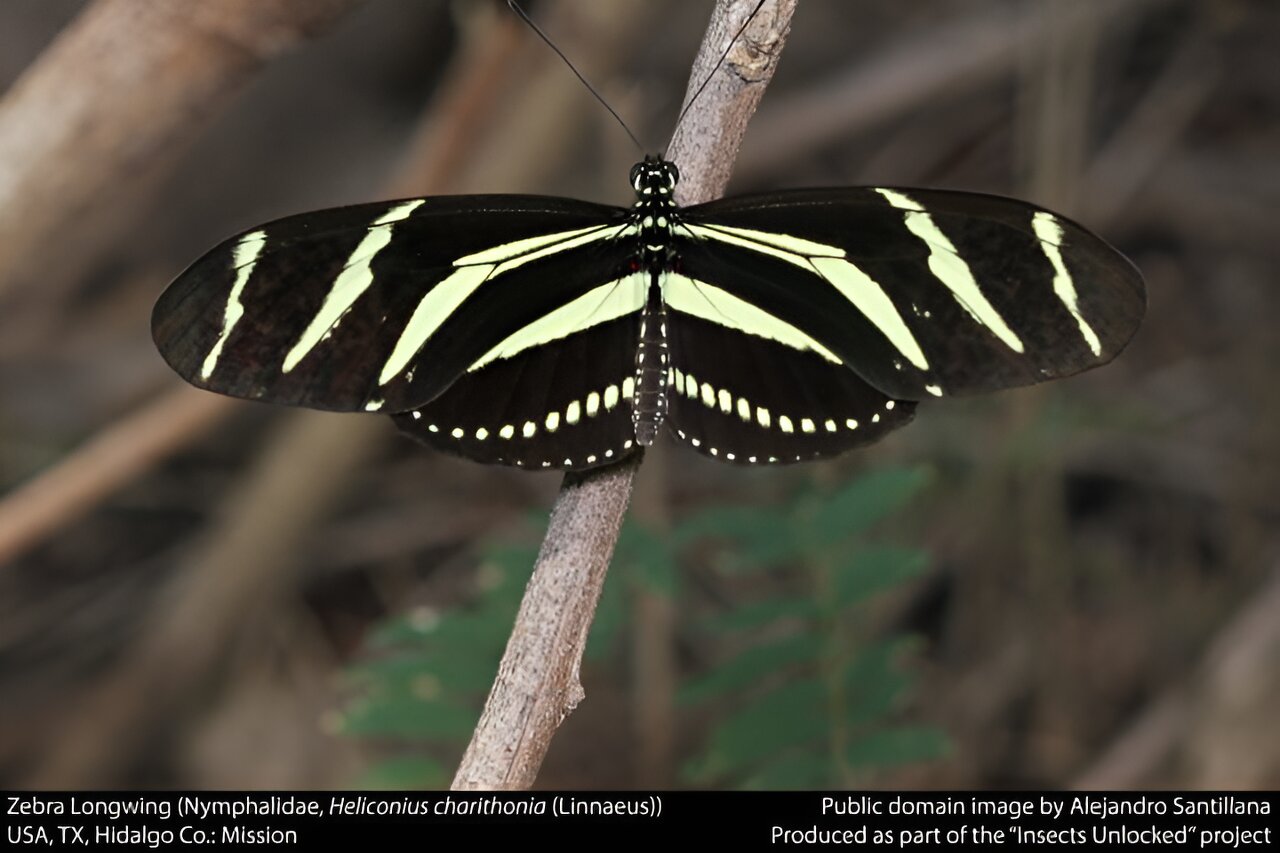Imagine a world where butterflies see flowers in different colors. Well, it turns out that some butterfly species have sexually dimorphic vision, meaning that females perceive ultraviolet color while males see light and dark. In a groundbreaking discovery, biologists from the University of California, Irvine have found that this variation is caused by a vision gene jumping onto a sex chromosome. This is the first time such a genetic change has been linked to sexually dimorphic vision.
The study, published in the Proceedings of the National Academy of Sciences, focused on the Heliconius butterfly genus. Some species in this genus have the ability to see ultraviolet color, which is beyond the visible light spectrum perceived by humans. The researchers discovered that only females in species with sexually dimorphic vision possess this ultraviolet color perception.
To understand the genetic mechanism behind this difference, the biologists examined the Heliconius charithonia butterfly, which exhibits sexually dimorphic visual capacity. When they completed the first complete genome for this species, they found that the opsin gene responsible for visual capacity was located on the W chromosome, which is specific to females.
“This is a groundbreaking finding where dimorphic color vision in animals is caused by a single gene moving to a sex chromosome,” said Mahul Chakraborty, the study’s first author. “Apart from its scientific significance, this discovery highlights the complexities of automated genetic sequencing and the importance of validation.”
The researchers faced challenges in sequencing the genome of Heliconius charithonia due to the highly repetitive code of the W chromosome. However, through manual annotation and investigation, they were able to locate the opsin gene and confirm their findings through additional tests.
“Without this meticulous examination, we would have made incorrect assumptions,” said Adriana Briscoe, a professor of ecology and evolutionary biology. “Now that we have made this discovery, we can delve deeper into understanding the mechanics and purpose behind this dimorphism.”
Interestingly, scientists believe that the difference in vision may explain why females and males of certain butterfly species feed on different types of flowers. So far, sexually dimorphic vision has only been observed in certain primates and now, butterflies.








